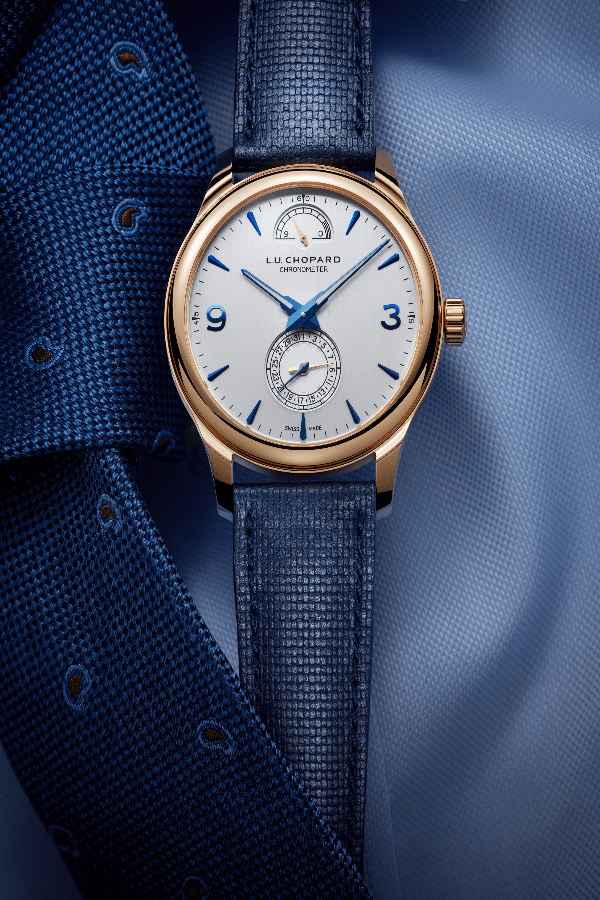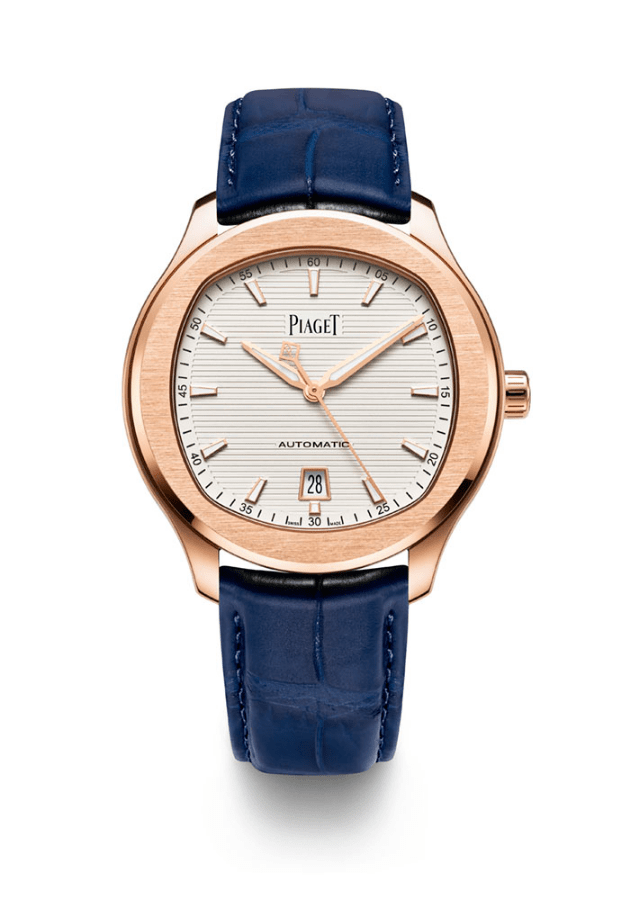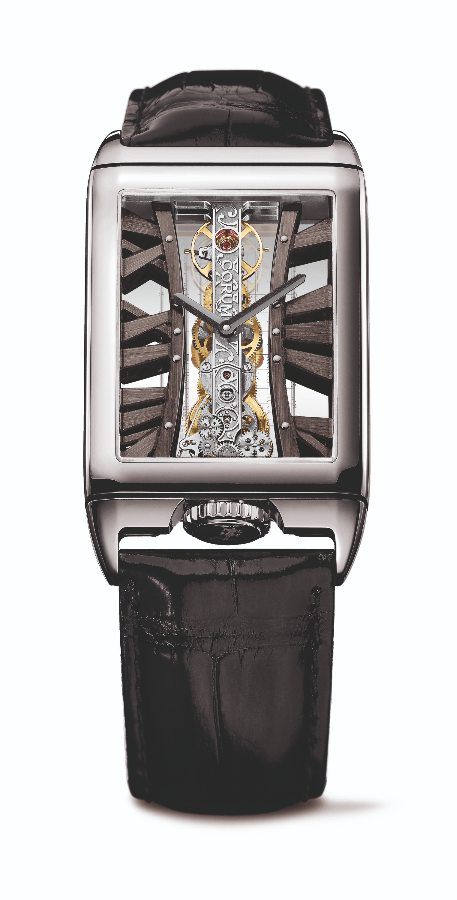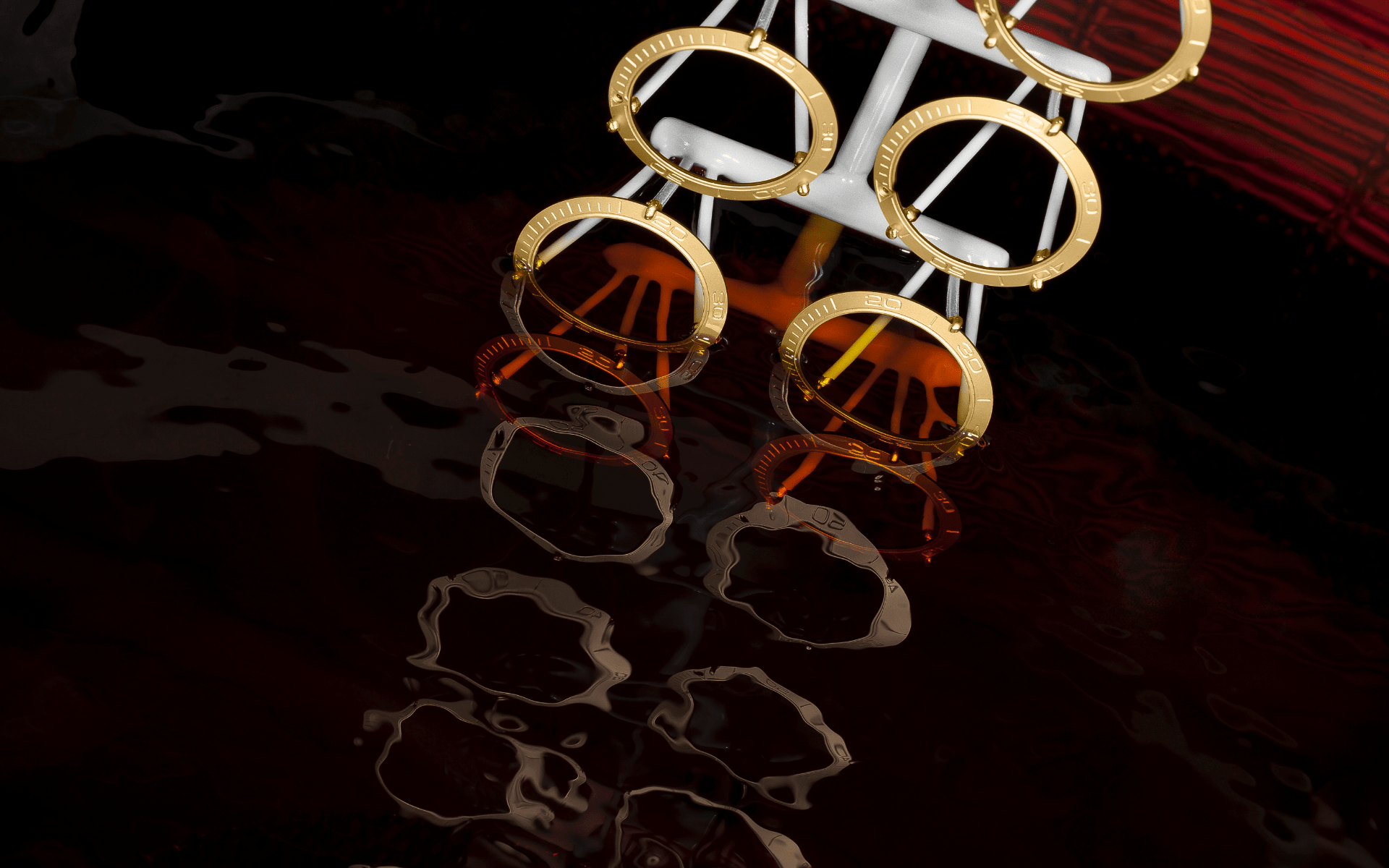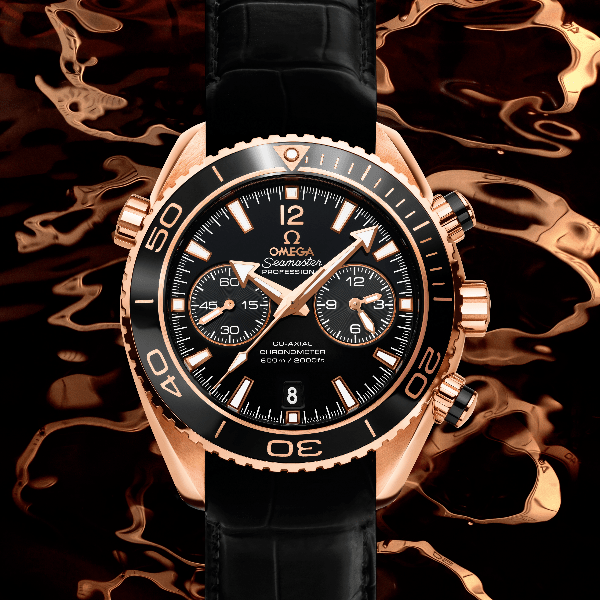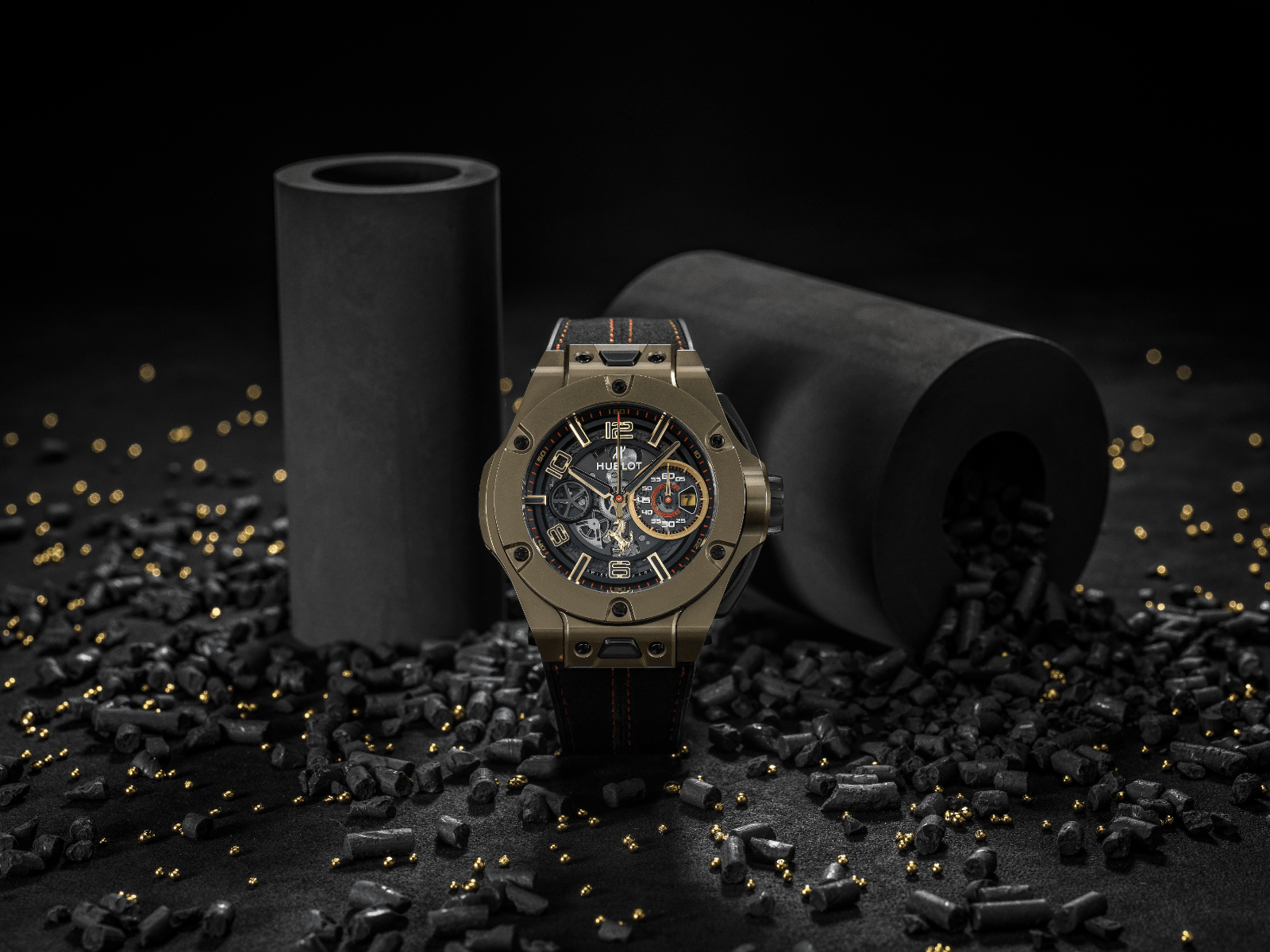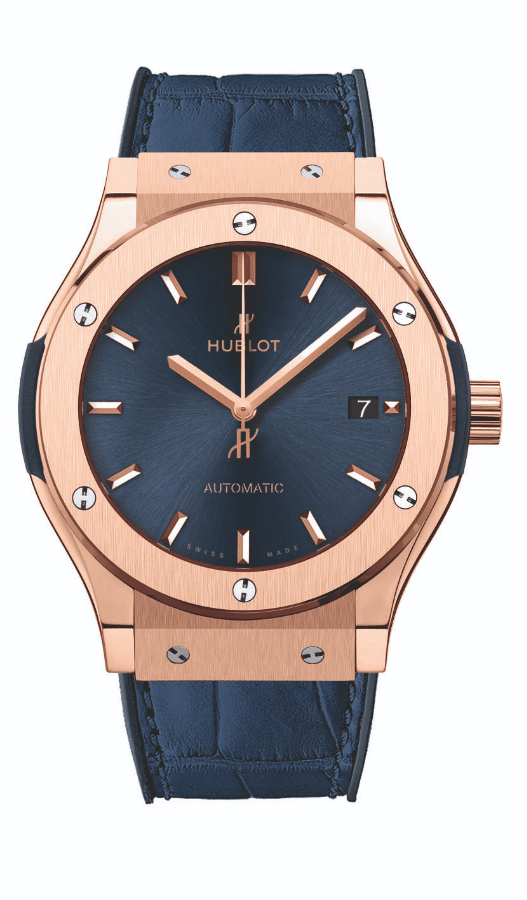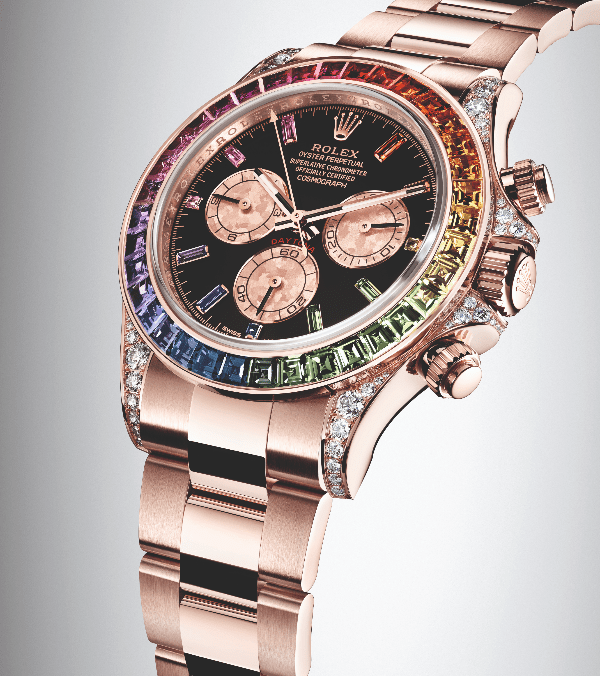
Gold, in its natural form, is soft, dense and inert. It also has a yellow sheen that is rather garish by today’s discreet luxury standards. In the watch industry, gold is often mixed with other metals to make it stronger and more resistant, creating what is called gold alloys. The mixture also changes the colour of gold; depending on the types of metal, it ranges from red gold to brilliant white.
The measurement for the purity of gold is karat. An 18k gold, for instance, is composed of 75% gold and 25% other metals. A gold that is certified 24k is pure gold without any additional metal. However, note that the higher the karat, the less hardy the gold is, and vice versa.
